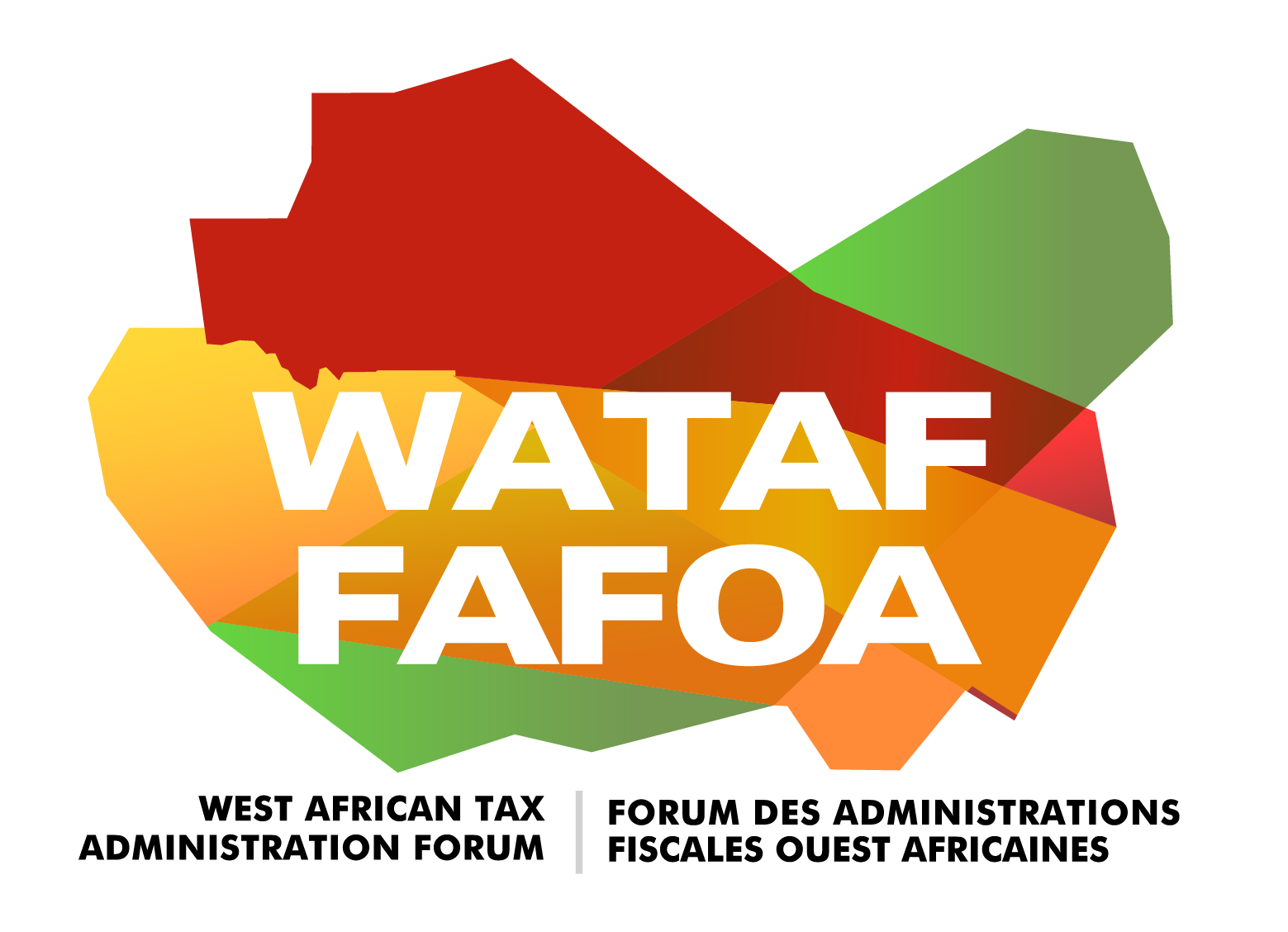Average value of Tax revenue-GDP ratio
The chart above shows the average value of tax revenue relative to GDP in the selected West African countries. The West African countries include Ghana, Nigeria, Senegal, Cote d’Ivoire, Burkina Faso, Gambia, Cape Verde, and Guinea-Bissau. The country with the highest tax revenue-to-GDP ratio is Cape Verde, followed by Burkina Faso. The country with the lowest tax revenue-to-GDP ratio is Nigeria. The implication is that on average, the country with the highest tax revenue-to-GDP ratio has a sound tax policy that utilises the resources of the economy, compared to a country with a low tax revenue-to-GDP ratio.
Average value of Real GDP per capita
The chart above shows the average value of real GDP per capita in the selected West African countries. The West African countries include Ghana, Nigeria, Senegal, Cote d’Ivoire, Burkina Faso, Gambia, Cape Verde, and Guinea-Bissau. The country with the highest real GDP per capita is Cape Verde, followed by Nigeria. The country with the lowest real GDP per capita is Nigeria. The implication is that on average, the country with the highest real GDP per capita has a higher GDP relative to their population.
Tax revenue-GDP ratio (2016-2021)
The chart shows that the tax revenue-to-GDP ratio measured between 2016 and 2021 across seven West African states The chart of Burkina Faso revealed that the tax-revenue to GDP ratio has been moderate and relatively stable. Burkina Faso’s tax revenue-to-GDP ratio hovers around 15%–20%. Ghana has a downwardly sloping tax revenue-to-GDP ratio, which indicates that it has a falling tax revenue compared to its GDP. In recent years, Ghana’s tax revenue-to-GDP ratio has fallen towards 12%. Cape Verde has a downwardly sloping tax revenue-to-GDP ratio. From 2019 to 2021, the tax revenue-to-GDP ratio rose to over 20%. Nigeria has a moderate tax revenue-to-GDP ratio. The tax revenue of Nigeria has been stable over the years, from 2017 to 2021. Cote dIvoire, Senegal, and Gambia have a downward tax-GDP
Foreign direct investment (FDI) (2016-2021)
The flow of foreign direct investment into eight West African nations is depicted in the graph above. The downward-sloping line in the chart of Burkina Faso, Cape Verde, Cote d’Ivoire, Gambia, Ghana, and Guinea Bissau indicates that FDI inflow was relatively low over time and that the increase in FDI inflow was not sustained. Senegal and Nigeria’s foreign direct investments (FDI) have been rising. This shows that between 2016 and 2021, FDI inflows will be more prevalent in Senegal and Nigeria.
Real GDP per capita (2016-2021)
Eight countries in West Africa are represented in the bar graph above by their real GDP per capita. Real GDP per capita has been rising over time in Burkina Faso. In Cape Verde, the years 2019 and 2020 had the greatest and lowest real GDPs per capita, respectively. This is because of how the Corana virus affected their economy and various other macroeconomic problems. Real GDP per capita is increasing from 2016 to 2021 in Senegal, Cote d’Ivoire, Gambia, and Ghana. The real GDP of Nigeria reached its peak point in 2016 and its lowest point in 2020. The explanation for this is that the pandemic of 2020 adversely affects the macroeconomic indicators of Nigeria, which lowers the average income of Nigerians. Also, Guinea-Bissau has the highest and lowest real GDP in 2019 and 2020, respectively. Guinea-Bissau also suffered from the aftermath of COVID-19. Out of all the eight West African countries, Cape Verde, Cote dIvoire, and Nigeria have the highest real GDP per capita.






 Views Today : 22
Views Today : 22 Total views : 35807
Total views : 35807